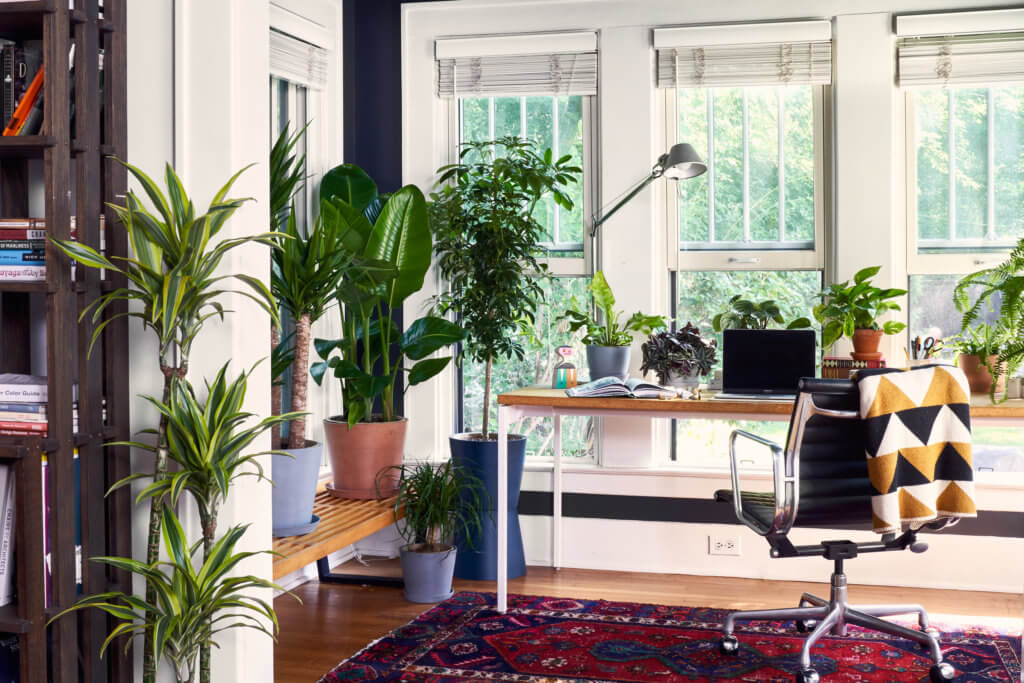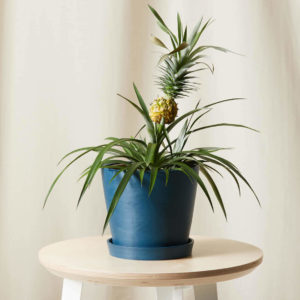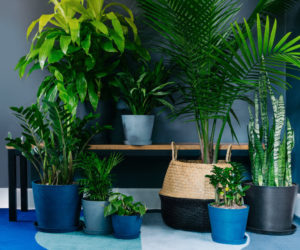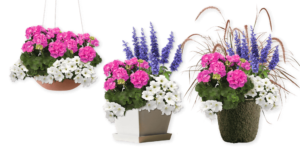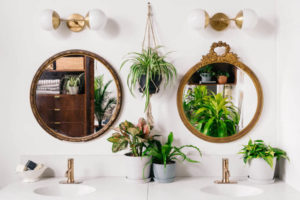Spring is just around the corner. This means warmer temperatures, longer days and more plants coming back to life.
Many plants become dormant during winter. This allows them to conserve energy and help with their daily functions. A few factors can trigger dormancy, such as temperature and soil moisture. In order to initiate dormancy in houseplants that live in controlled environments (such as our homes), the fall days are often shorter.
Many houseplants do not go dormant during winter. Regular watering, indoor heating, and regular watering can all be sufficient to keep your houseplant active growing. These spring care tips will still be useful, even though your plant may experience a growth spurt due to the changing seasons.
Your houseplants will begin to emerge from winter dormancy as the days grow longer. We have some spring care tips that you can use to help your houseplants adjust. These can be done anywhere from late winter through early spring.
Start with the Roots
Let’s start with the basics. Although it’s easy for roots to be forgotten about, they are vital for your plant’s overall health. Even if your plants are healthy, you should still take a look at them once a year.
Gently lift your plant from its pot to check for roots. If roots are visible all around the rootball, or if there are more roots than soil it is time to repot.
It may be difficult to remove larger plants from the pot. There are a few signs that you should repot: roots are growing along the top of your soil, roots are growing from the drainage hole, water is rushing through the pot during watering. Many plants don’t require repotting more than once per year. Some plants can last for three years or more. Skip to the next section if repotting is not necessary.
Are you ready to repot?
These are some of the items we recommend.
To contain the mess, a potting tarp like the one in the Essential Repotting Set is recommended.
For houseplants, fresh potting soil
A new container, one-inch or less wider than the existing pot, and with a drainage hole
We have one tip for you: Don’t disturb the roots as much as possible. Root systems are complicated and can cause stress for your plants. Healthy plants don’t need to be broken up. Simply transfer the rootball to a new pot and fill with fresh potting mixture. Some exceptions to this rule are: If you find rotten rootballs, use a pair of sharp snips to carefully remove them. Or, if the root growth is very dense and has little or no soil, unwind it before repotting.

